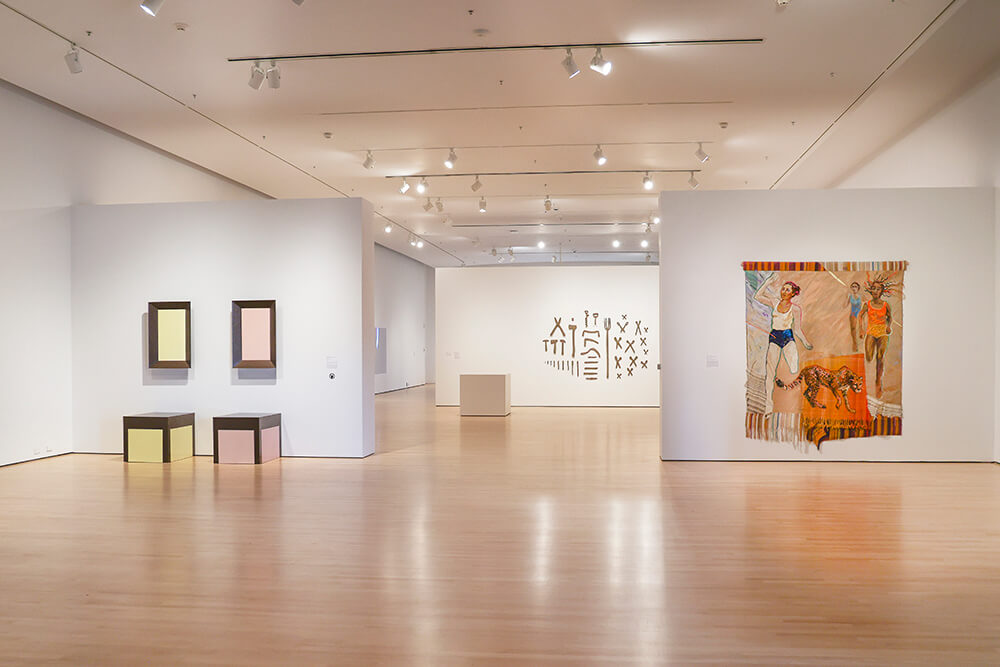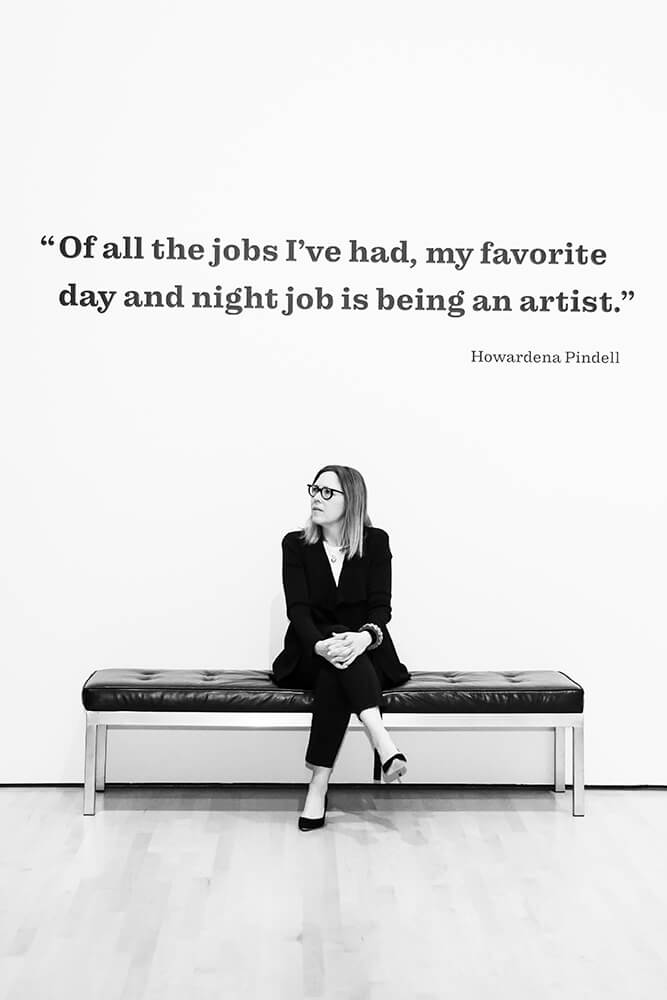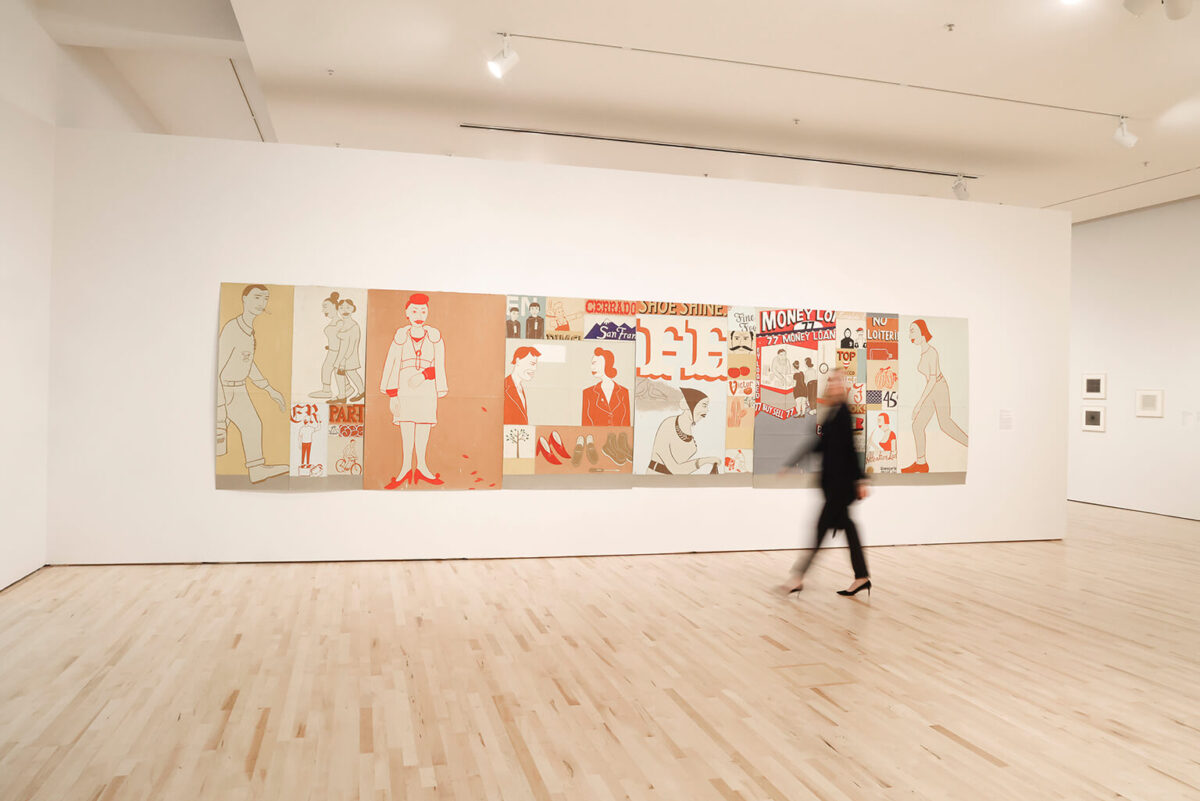Words by Sheryl Nonnenberg
Sometimes, your passion takes you far from home, only to bring you right back to where it all started. For Veronica Roberts, a career as a museum curator sent her crisscrossing the country before leading her back to an institution that has always occupied a special place in her heart. Now the director of the Cantor Arts Center at Stanford University, this Bay Area native couldn’t be happier to have come full circle.
Born in San Francisco, Veronica reveled in the city’s vibrant art scene, especially at the Legion of Honor and De Young museums. “I have an early memory during middle school of getting dressed up in my Esprit clothing and visiting a show of Amish quilts,” she shares with a smile. By high school, she knew that in college she wanted to study art history.
That decision was largely influenced by her grandmother, who lived on the Peninsula and served as a lifelong docent at the Cantor Arts Center. Veronica speaks of her with great fondness, recognizing the impact she had. “She had a great love of learning; when she was active here, she audited over 45 classes!” Veronica marvels. “I am incredibly proud that I followed an interest she had.”

She admits that leaving California to attend Williams College in Massachusetts was difficult but ultimately life-changing. Its prestigious art history program has been a springboard for many high-level curators and museum directors. While there, Veronica realized that her career path had to include not only curating but also education. “My passion is sharing art with a wider audience and making it accessible and alive.”
Finding that she missed California, Veronica opted to return for graduate studies at the University of California, Santa Barbara. At the time, she had three living grandparents nearby, all in their nineties. “One of the best things about grad school was the time I got to spend with my grandparents,” she says.
Pursuing a career as a curator requires the flexibility to relocate, so Veronica returned to the East Coast to work her way up from temp at the Whitney Museum of American Art to curatorial assistant at the Museum of Modern Art in New York—then out west as curator of modern and contemporary art at the Blanton Museum of Art at the University of Texas.
During her tenure at the Blanton, Veronica oversaw major projects like the reinstallation of the museum’s contemporary collection while also curating nationally touring exhibitions, including Nina Katchadourian: Curiouser and Day Jobs, which is currently on view at the Cantor. Though fulfilling, she didn’t think twice about applying to the Cantor when she heard of its vacancy.

Why leave the fast-paced, creative role of curator for the heavily administrative responsibilities as the John and Jill Freidenrich Director of the Cantor Arts Center? Veronica laughs and admits the job can be “kind of like playing Whac-a-Mole, solving problems all day long.” She is quick to point out, however, “If you care about the ecosystem of the museum, and culture and art, it is essential that they be well-run.” She feels that her role is really “to see the bigger picture and have a vision that will inspire the staff.”
The Cantor, like many museums, is coming back from a difficult few years of pandemic isolation and staff departures. Veronica has made it a priority to address the “lean staff” by hiring a completely new leadership team. Although several more key positions need to be filled, she believes that the museum has “reset” and is on the right track for the future.
No stranger to university museum politics, Veronica is very familiar with the “bureaucrazy” that comes with the job. But she also points out a key advantage to this setting: free admission. “University museums can take more risks and we can choose shows not based on the gate,” she says of not having to worry about ticket sales. “We have this very lucky freedom.”
Another advantage, she points out, is working with the college-aged demographic. “This is a thrilling age, when you are figuring out who you are and your place in the universe. Museums are a place for critical thinking and seeing other perspectives.” Veronica also hopes that the museum can be a place of healing, acknowledging the rise of mental health issues among young adults in recent years. “Yes, art has always reflected societal changes, but how can the museum also be a place of joy, serenity and connection?”

One thing that has surprised her after two years on the job is the amount of interest that Stanford faculty and staff have expressed in working with the museum. “This is such an intellectually curious campus and community,” she says, adding, “We probably get a request to partner on a project every day—even from faculty in the sciences.” Veronica sees it as an indication of the university’s emphasis on integrating the arts into every field of study. “People are true humanists here,” she notes.
Returning to the Bay Area after many years away has provided a chance to rediscover the artistic hotspots of her childhood and explore new ones. “There is an incredible richness here,” Veronica observes, citing San Francisco visual arts organizations like Creativity Explored, Southern Exposure and the Minnesota Street Project.
Does she feel like she has come full circle? “I definitely do! It’s so crazy to be at an institution that my grandmother loved so deeply. I feel her presence here every day.” Veronica reflects that her grandmother, who had a college degree, didn’t have the same kinds of opportunity her granddaughter enjoys: directing a prestigious university art museum. “I feel very lucky to be here.”


